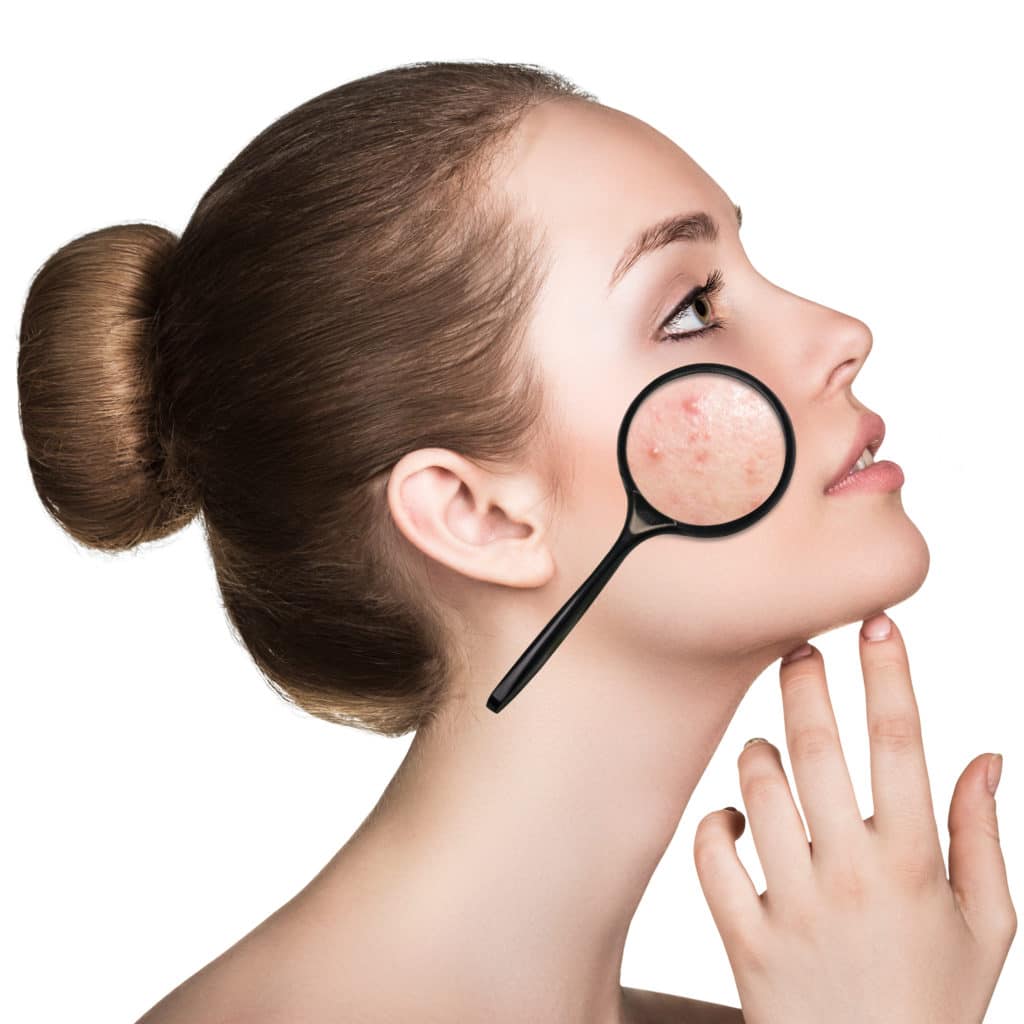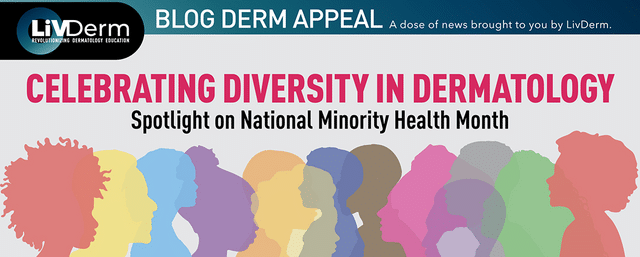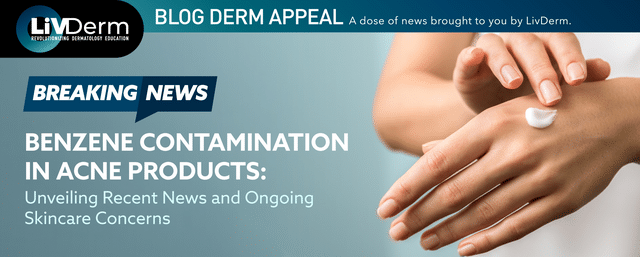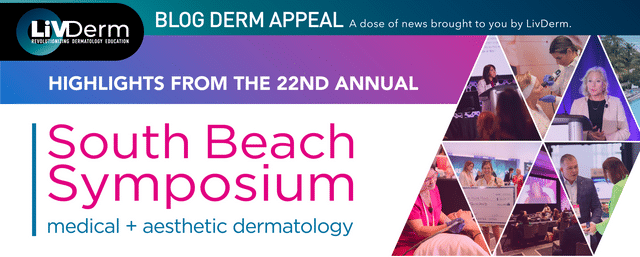In recent years, many dermatologists have seen a rise in adult acne among their patients.
Joshua Zeichner, MD, an associate professor of dermatology at Mount Sinai Hospital in New York City, states, “I’ve been seeing more acne in adults, predominantly in women, than I had in the last 15 years,”
A 2022 review of adult acne by Brigitte Dreno, MD, PhD, also found that adult acne in women has increased by 10% worldwide over the last ten years.
As a result of this noticeable trend, providers must gain a clearer understanding of the leading causes of adult acne to offer the best treatment recommendations and outcomes for their patients.

According to Anais Aurora Badia, MD, DO, acne is mostly caused by sebum production, inflammation, and bacteria. “When our stress levels rise, we produce higher levels of acne-causing androgens, which can stimulate oil glands and hair follicles that contribute to acne.” Women experience more acne because they experience more fluctuation in their hormones. This is related to their mensural cycles, menopause, and certain medications.
Aside from stress and hormones, many are also examining the effects of the Covid-19 pandemic on acne. Not only were stress levels higher, but many cases of acne can be traced back to the use of masks. Aside from the more obvious friction caused by wearing masks, the trapped exhaled breath, oil, and humidity can cause breakouts.
LiVDerm Advisory Board Member and Associate Professor of Dermatology at Weill Cornell Medicine/New York-Presbyterian Hospital, Diane S. Berson, MD, explains, “It’s an environment where heat, moisture and humidity mix with surface oils and whatever else is on your face — it’s almost like a greenhouse effect (for pimples) under the mask.”
Furthermore, lifestyle and diet changes during the pandemic are also a factor. Dr. Zeichner noted that during the pandemic, “our whole way of living was shut down, and dietary habits, for the most part, got worse, not better.”
When it comes to treatment, there are many options. Christopher G. Bunick, MD, PhD, South Beach Symposium Planning Committee Member, states that it is important to consider the patient’s own concerns and desires when it comes to treatment. He mentions that many patients will likely not stick to their treatment regime if it does not offer enough relief from some of the symptoms, such as inflammation. It is, therefore, essential to embark on any treatment regime with the knowledge that this may change and new, alternative options may need to be considered.
Some common methods include the use of topical creams such as clascoterone cream 1%. This first-in-class treatment has been well received by dermatologists, working to inhibit sebum production. Sarecycline, an oral antibiotic, can be used to treat moderate-to-severe acne. Dr. Bunick adds that this particular treatment shows a low potential for antibiotic resistance as well as being favorable to the gut and skin microbiome. A retinoid option, tazarotene lotion, has also been seen to dramatically improve acne.















